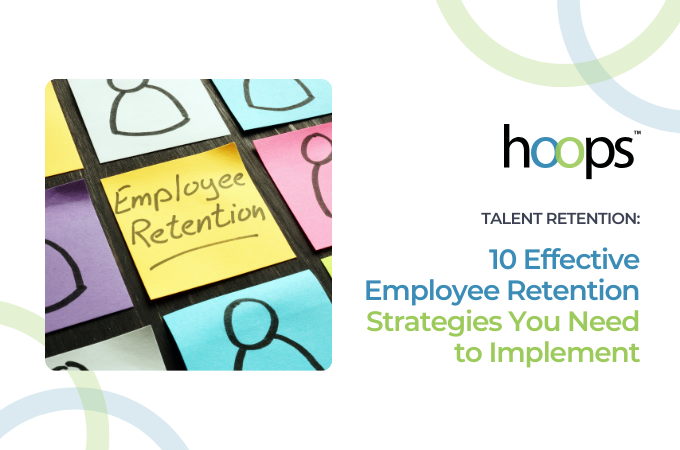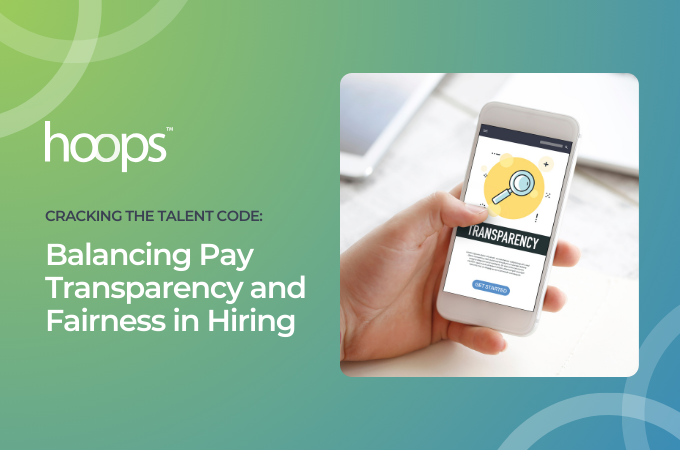With recent reports highlighting widespread labor shortages across industries—from tech to retail—many companies are struggling to fill essential roles. The 2024 Labor Report found that over 40% of U.S. businesses have delayed hiring to cut costs. But while holding back on hiring may seem budget-friendly, unfilled positions come with hidden expenses that can cost far more in the long run. According to SHRM, each unfilled position costs companies an average of $4,129 over a 42-day vacancy period—and the cost for revenue-generating roles can skyrocket, with some estimates putting it as high as $7,000 to $10,000 per month, depending on the position.
Financial Impact: Opportunity Costs and Lost Revenue
The financial toll of unfilled roles goes beyond salary savings. Every day a role remains open, your organization misses out on productivity and potential revenue growth. A study from Northwestern University found that leaving key sales roles vacant can reduce a company’s revenue by 5% or more. Multiply this across several open positions, and the impact becomes glaringly obvious.
Vacancies in leadership roles are particularly costly. The Harvard Business Review highlights that unfilled C-suite positions can create ripple effects throughout the company, delaying crucial projects, hindering strategic decision-making, and stalling company-wide initiatives. Every day a role remains vacant, valuable opportunities are left on the table.
Operational Strain: Burnout and Decreased Productivity
When roles remain unfilled, existing employees often absorb additional responsibilities. While this might work in the short term, prolonged vacancies lead to increased stress, burnout, and reduced productivity. Gallup research reveals that workplace burnout results in up to 63% more sick days and a 2.6 times higher likelihood of turnover.
Burnout doesn’t only affect employees personally—it compromises your entire operation. Teams become overworked, errors increase, and the quality of work declines. Over time, this ripple effect can lead to poor customer service, missed deadlines, and diminished job satisfaction across the board. Filling vacancies promptly helps distribute the workload more evenly and preserves the energy, motivation, and well-being of your team.
Missed Growth Opportunities
Growth depends on having the right people in the right roles at the right time. Leaving a crucial position vacant limits your company’s ability to innovate, adapt, and grow. A study by Talenya reveals that businesses delaying essential hires can experience up to a 30% decrease in innovation over time due to a lack of specialized skills. These delays not only hinder immediate growth but also slow your organization’s progress in the long term.
Key departments such as R&D, product development, or customer service may face delays that impact competitive advantage. With every missed hire, you risk falling behind competitors who are building more agile, skilled teams ready to respond to market demands.
The Hidden Cultural Costs
Unfilled roles can also erode company culture. Employees often perceive vacancies as a sign of instability or lack of resources. Over time, this perception can reduce engagement and increase turnover. According to research from Gallup, engaged employees are 17% more productive and show significantly less turnover than disengaged counterparts. However, when key roles are unfilled, engagement suffers, and the existing workforce may begin to question their own future with the company.
Beyond engagement, vacant positions can create a sense of uncertainty. Team dynamics shift, workflows are disrupted, and employee satisfaction plummets. Ensuring that critical roles are filled helps maintain a stable, cohesive work environment where employees feel supported and valued.
Why "Not in Budget" is a Costly Decision
When companies decide not to hire because it’s “not in the budget,” they inadvertently prioritize short-term savings over long-term success. The hidden costs of vacancies often outweigh the immediate expenses associated with recruiting and onboarding. For roles that impact revenue, operations, and culture, the best investment you can make is ensuring you have the right people in place.
Steps to Avoid Vacancy Costs
To mitigate the financial and operational impact of unfilled positions, consider these strategies:
-
Conduct Workforce Planning: Regularly assess your hiring needs and plan for future growth to anticipate upcoming vacancies and budget for them in advance.
-
Use Data to Prioritize Hiring: Review productivity data and job impact metrics to pinpoint critical roles and prioritize filling them.
-
Create a Candidate Pipeline: Maintain relationships with potential candidates, giving you a head start when the time comes to fill a position.
-
Automate Recruitment Tasks: Leveraging AI tools to screen candidates and schedule interviews can save time and resources, accelerating your hiring timeline.
-
Leverage Temporary Support: If hiring is delayed, consider bringing in temporary or freelance help to keep projects on track while you find the right full-time fit.
By proactively addressing vacancy costs, you can minimize the disruption of unfilled positions and maintain operational momentum. Need help implementing these steps? Hoops HR offers the expertise and technology to streamline your hiring process and help you stay ahead.
Simplify hiring. Amplify growth. Contact us today at hoopshr.com or call 877-262-7358 to find your best hire. #yourbesthire







